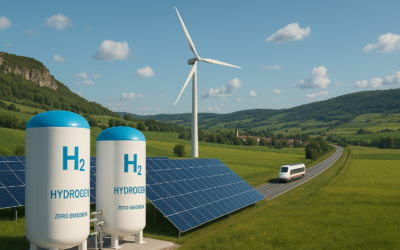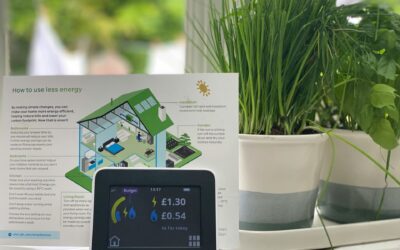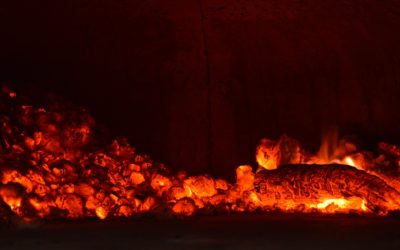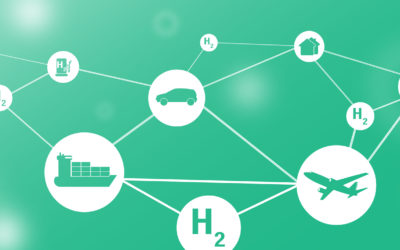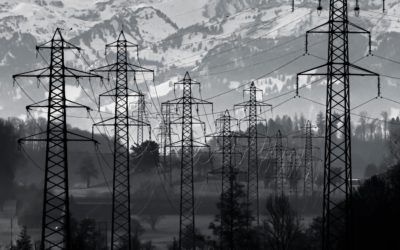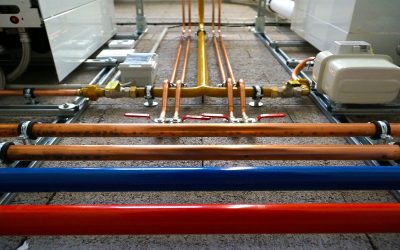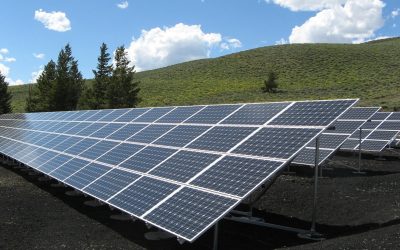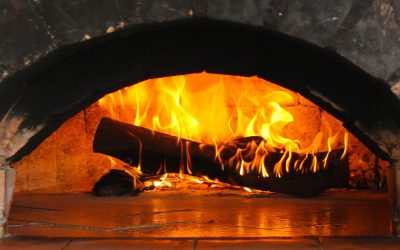CARTIF PROJECTS
CALYPSO
Wire rod manufacturing is a well-known metallurgical process widely spread
Description
Wire rod manufacturing is a well-known metallurgical process widely spread. In spite of its apparent simplicity, many technical problems must be solved to achieve an efficient manufacturing process. Among these problems, quality control is one of the problems that can be solved using eddy currents based inspection. The inspection can be improved by adopting pattern recognition techniques. This is the main purpose of the project CALYPSO.
Objectives
- To develop algorithms to detect and classify surface defects found using eddy current inspection during the wire rod manufacturing process.
- The algorithm has to be able to find out the different defect types with no prior knowledge.
- To implement the algorithm in a suitable platform and to test it under real industrial conditions.
Actions
- To develop algorithms for pattern recognition.
- To develop classification algorithms.
- To implement the algorithms in FPGA hardware.
Expected results
- Defect detection and classification algorithms.
- Algorithms to classify surface defects with no prior knowledge, to be used in the eddy current-based inspection of wire rod during manufacturing.
Partners:

INNPACTO
IPT-2012-0755-420000
Presupuesto total: 430.307,55
Contribución: 55.267,80+360.432,85
Duración: fechas de inicio y fin: Septiembre 2012-Agosto 2014
Responsible
Sergio Saludes Rodil
Division of Energy
Networking
Systems projects:
CYLH2VALLEY
CyLH2Valley aims to develop and demonstrate a large-scale Hydrogen Valley in Castilla y León region, encompassing mobility, industry and energy applications.
META BUILD
METABUILD overall vision is to operationalise energy efficiency first principle in the practical contect of buildings towards the decarbonisation of the EU building stock.
THUNDER
THUNDER project aims to overcome existing barriers hampering a wide adoption of DCs waste heat recovery strategies, providing an innovative, efficient and cost attractive Seasonal Thermal storage based on Thermochemical Materials
SCO2OP-TES
SCO2OP-TES focuses on the development of technologies for storing electricity in the form of heat, which is then converted back into electricity (P2H2P – power-to-heat-to-power).
HYDRA
HYDRA focuses on understanding and addressing the potential impact of widespread hydrogen use on climate, environment and society. The project assesses a scenario of high hydrogen penetration in the energy mix.
EMERGE
EMERGE aims to provide African policy makers, academics, investors and citizens with tools and knowledge to increase clean energy and sustainable resource use, reducing cultural and socio-economic gaps.
ENPOWER
ENPOWER will design, develop and demonstrate SSH-driven methodologies, interactive and closed-loop tools, and data-driven services for energy-activated citizens and energy-secure cross-sector communities towards a citizen-centric energy system.
ONEPLANET
ONEPLanET aims at empowering African policy makers, research & academia, investors and citizens with the necessary tools and know-how to promote the sustainable energy transition.
THUMBS UP
THUMBS UP aims to develop and demonstrate thermal energy storage (TES) at daily (based on PCM) and weekly level (based on TCM soprtion technology) solutions to be easily integrate in EU buildings (both connected and not-connected to DHN) to increase their energy efficiency.
PLADEMI
PLADEMI aims to develop a tool that allows the dimensioning of energy microgrids, including and analysing social aspects as key elements in their development.
TERARED
TERA_RED aims to generate technical scientific knowledge on very low temperature networks. These networks, also called anergy, neutral or 5G networks, have been studied by applying the scientific method on a laboratory scale, both virtual and experimental.
Push2Heat
The PUSH2HEAT project works on the development and demonstration of waste heat revalorisation technologies in industry, revalorising heat in a temperature range of 90-160ºC.
MOD4SMART
MOD4SMART aims to apply smart technologies to improve the energy and operational performance of the buildings focusing on industrialised construction as key future element in this context, and carrying out research and development on simplified models to be integrated in building smart systems.
Happening
HAPPENING project is developing a solution based on decentralised heat pups tha are easy to install, low-intrusive for the building´s occupants and easily adaptable to a large number of different building situations.
E-MINE
E-MINE is a research and development project that seeks to implement the electric vehicle in mining environment authomatizing the management of charges and the estimation of capacities according to the metheorological conditions and charge needs of each vehicle according to the work to be carried out.
H24NewAge
H24NewAge has as a main objective the development of advanced technologies and his industrial transformation to boost the positioning of the centers and spanish businees in the hydrogen value chain, and in partiuclar in the production, storage and distribution of hydrogen.
Hydro4U
Hydro4U demonstrates innovative and sustainable hydropower solutions targeting unexplored small-scale hydropower (SHP) potential in Central Asia (CA). The project will consider future climate change and transboundary challenges and will integrate them into the Water/Food/Energy/Climate nexus.
LocalRES
LocalRES project will deploy innovative local energy systems driven by renewable energy communities for a socially fair energy transformation that puts renewable energy into the hands of communities and people.
LowUP
LowUP will develop and demonstrate three new efficient heating and cooling technologies that will reduce CO2 emission and primary energy consumption. Heating and cooling account for 50% of the EU´s annual energy consumption.
HySGRID+
The objective of the Cervera HySGRID+ network is to strengthen the technological capacity of Spanish Technology Centres with a high level of complementarity and promote their solid cooperation with the ultimate aim of researching and developing new technological solutions that facilitate the creation of local energy positive balance communities (LEPC)
REGEN-BY-2
REGEN-BY-2 will develop a novel multi-generation, all-in-one integrated energy plant capable of converting any type of RES thermal sourcef in energy vectors such as electric, heating and-or cooling powers.
REWARDHeat
The overall objective of REWARDHeat is to demonstrate a new generation of low-temperature district heating and cooling (DHC) networks, which will be able to recover renewable (RES) and residual (WH) heat available at low temperatures.
BRESAER
BRESAER is a demonstrative project whose objective is the development of a cost-effective, adaptable and industrialized envelope solution for the rnovation of buildings.
SunHorizon
The SunHorizon project aims to demonstrate that combining technologies (TPs) such as solar panels and managed heat pumps with a controller with predictive, proactive and self-learning capabilities saves energy.
REUSEHEAT
The objective of the ReUseHeat project is to demonstrate pioneering, advanced, modular and replicable systems that make it possible to reuse the excess heat available on an urban scale.
GIRTER
The objective of the GIRTER project is to develop an intelligent energy management tool and aid in the operation of district heat and cold networks
Green eMotion
Green eMotion aims at enabling mass deployment of electromobility in Europe. Develop and demonstrate a commonly accpeted and user-friendly framework consisting of interoperable and scalable technical solutions in connection with a sustainable business platform.
